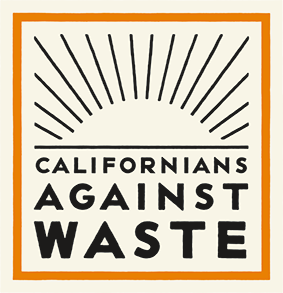California's Existing E-waste Recycling Laws
SB 20 (Sher, 2003) Electronic Waste Recycling Act
On January 1, 2005, California enacted pioneering legislation to implement an electronic waste recovery and recycling program modeled after the European Economic Union's Product Stewardship Initiative. The intent of SB 20 was to provide cost-free recycling opportunities for consumers, to reduce/prevent illegal dumping of electronic waste (and reduction in e-waste "stockpiling"), and to decrease the hazardous materials entering the municipal solid waste (MSW) stream.
The Good News: Numbers to-date
- According to state waste and recycling data, California generated approximately 140,000 tons of CEDs in 2005, with more than 60 million pounds of this electronic waste taken back for recycling through the program. In 2007, this number rose to more than 135 million pounds recycled and in 2008, the number is more than 214 million pounds.
- For 2008, the recycling rate for covered electronics was 58%, almost triple from 2006, when the recovery rate was at 29%.
- Since enactment of SB 20, more than 600 recycling locations have been established statewide, and more than 30 approved recyclers.
- This program has contributed to the recovery and recycling of more than 2 BILLION pounds of Covered Electronic Devices, since the program's inception.
AB 2901 (Pavley, 2004) Cell Phone Takeback and Recycling
This law requires some of California's largest cell phone retailers to embrace the takeback/recycling model and collect used cell phones, at no cost to the consumer, to be reused, recycled or properly disposed.
The Department of Toxic Substances Control (DTSC) estimates that of the 18 million cell phones sold in California in 2010, 3.7 million were recycled, for a 21% recycling rate. This is up from 2007, which had 17% recycling rate. To put this number into perspective, the national recycling rate is 10%, according to the U.S. EPA.
AB 1125 (Pavley, 2005) Rechargeable Battery Takeback and Recycling
AB 1125 was modeled after the same takeback concept of the cell phone bill. AB 1125 requires all retailers that sell rechargeable batteries to accept back used rechargeable batteries at no cost to the consumer. This legislation creates convenience and incentive for consumers: it's easy to drop off and recycle end-of-life batteries (and cell phones) at locations statewide, and consumers then feel good about doing the right thing with their disposables. Click here for the fact sheet.
In 2009, over 8 million pounds of rechargeable batteries were collected from consumers for recycling.
- Read more about the Cell phone and Rechargeable Battery Issue
- Read more on the Background of Universal Waste Regulation
- Return to E-waste Home
AB 1419 (Eggman, 2016) CRT Panel Glass Recycling
New LCD and LED technology for televisions and monitor screens has taken over and demand for old-fashioned Cathode Ray Tube (CRT) devices has dropped dramatically. The end-use market for CRT glass generated from recycling scrap CRT’s has dried up and recyclers across the nation are struggling with what to do with the glass. Today, old TV and computer monitors are stockpiling up throughout the state with no where good to go other than in the ground or over seas.
AB 1419 reduces the environmental risk inherent in the stockpiling and export of glass from monitors and televisions, by allowing scrap CRT panel glass to be used in many new products where it is determined to pose no harm, including tile and radiation shielding glass.



